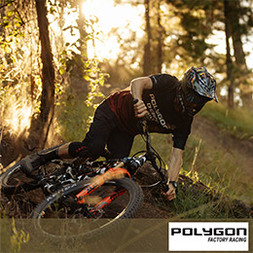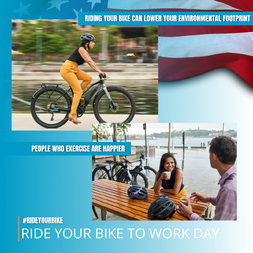The Ultimate Commuter Bike Guide
Commuting to and from work can benefit the environment, mental health, and physical health. Say goodbye to sitting in your car and waiting to move in peak hour, say hello to the wind flowing through your hair as you cruise past the cars. More time outside taking in the sunlight, breathing in the fresh air, and clearing your mind greatly affects your mindsets.
And, of course, pedalling in and out is a great way to get your physical exercise in if you have limited time.
There are so many options to consider when you are looking to begin commuting. Will a Flat Bar Road bike suit you more than a Hybrid Bike? Will a Gravel Bike be better than a Road Bike? Or, will an E-Bike suit you more? Let's get into it and get you riding to work on the best bike from Bicycles Online.
Terrain, time and distance
The first step to buying any bike is to determine what terrain you will be riding on, how long you will be riding, and how far you will be riding. For commuting, comfort and efficiency are the key factors to consider when choosing a bike to commute on.
When looking at your terrain for commuting, you want to be as comfortable as possible without losing efficiency. You don't want to be on a stiff performance road bike with narrow tires if you are riding on rough roads or gravel. If you are on a big mountain bike but riding smooth roads, the lower efficiency will drag out the ride longer and may not be as enjoyable.
Efficiency refers to how easy it is to maintain speed on a bike. As mentioned above, often greater efficiency translates to less comfort. Things like larger tires and suspension weigh more, create more drag, and make every ride longer or harder.
Longer rides on rougher roads will take longer, so comfort may take priority. Smoother short rides are better on efficient bikes. As we know, many rides to work can have terrains of all types in one ride. That is why gravel bikes and hybrids are extremely popular due to their amazing versatility.
It is about deciding if you don't mind riding with less comfort for a shorter time or whether you would rather be more comfortable while riding longer. That is why it is key to understand your route and what it includes along the way.
The Bikes
.jpg)
Flat Bar Road
Flat bar road bikes are lightweight, fast, and agile based on their performance road bike cousins. These bikes are often designed to enhance speed and efficiency over comfort and durability. These bikes are perfect for riders looking to add some zest to their ride.
.jpg)
The biggest differences between flat bar road bikes and standard road bikes are the bars. The flat bars on these bikes are simpler, provide conventional cockpit controls, and offer a more upright riding position. Perfect for smooth roads and those looking to cover more ground fast.
.jpg)
A more standard urban or commuter bike is heavier, has a relaxed riding attitude, and has fatter tires for more comfort. Because the flat bar road bikes have narrower tires and stiffer frames, riders will feel more feedback from the road. If you want more comfort, look at a commuter bike; if you want more speed and agility, look at a performance road bike.
Hybrid
.jpg)
Hybrid bikes are a mix of a commuter bike, a gravel bike, and a mountain bike. They take the benefits of all three styles and throw them into a blender. Comfort, efficiency, and durability are the three main ingredients of a hybrid bike.
.jpg)
Hybrids will have semi-slick tires to provide grip on a loose surface and speed on a smooth surface. The front of the bike is tall, and you often have ergonomic grips to raise your riding position while providing comfort through your hands. The 60-80mm travel offers some shock absorption for the unseen pothole you will inevitably hit. Finally, an MTB-style frame is strong and has plenty of mountings for rack and barriers.
Hybrids have all the required mountings for mudguards, bags, and racks. Using racks and packs to get your luggage off your back will lead to less sweating or extra stress on your back. They make getting clothing or books on and off your bike much easier to get in and out.
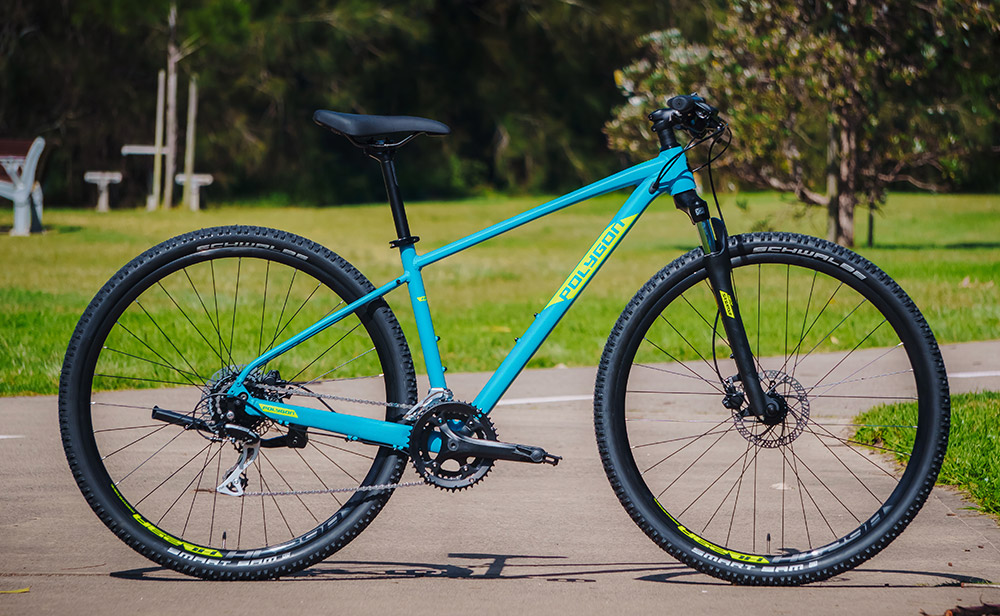
While it may resemble a mountain bike, the hybrid is designed for light off-road use and shouldn't be taken down any trail that gets too crazy. They are more efficient than an MTB and less efficient than a flat bar or commuter. They are the perfect bike for those who ride mixed terrain and use their bike for everyday chores.
All Road
.jpg)
If you just want a bike to ride on the road, explore further than you have been before, or just enjoy a ride along the coast, an all-road bike will suit you better. While only slightly heavier than the "race" bikes above, the stability and comfort are miles better.
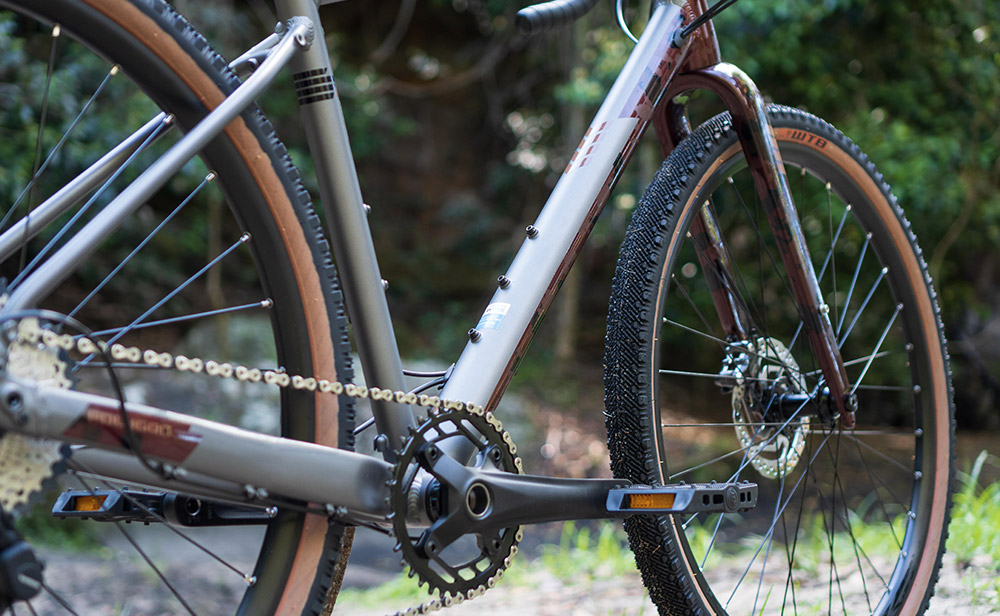
Alloy all road frames have all the required mountings for mudguards, bags, and racks. Using racks and bags to get your luggage off your back will lead to less sweating or extra stress on your back. They make getting clothing or books on and off your bike much easier to get in and out.
The bikes are more comfortable with fatter tires, a wider gear range, and a more upright riding position. However, All Road bikes are designed to remain fun and agile. They really blend everything to provide the best overall package for those looking to ride a bit of everything. If you are looking for something more comfortable and burly, a gravel bike may be for you.
(1).jpg)
Gravel
Gravel bikes are the next level of all road bikes, designed primarily for exploring off the sealed path and deep into nature. With bigger tires, up to 45mm wide, wider handlebars, geometry optimized for stability, and many comfort features, this style of bike is extremely versatile.
While most gravel bikes arrive with semi-slick tires (knobs on the outer edges), you can change them to fully slick for the road or fully knobbly when the terrain gets loose. Because of the comfortable riding position and relaxed geometry, they make great commuters or for long adventures. However, the geometry will never make a gravel bike feel as agile as a performance road bike.

With high-volume tires that are knobbly, you can ride rough roads in comfort. While they are designed for mountain bike tracks, they hold speed exceptionally well on backcountry tracks or routes that would destroy conventional road bikes. If you are looking to explore places well off the beaten path and may get rowdy, gravel bikes are for you. To get even more comfort and reliability, a touring bike may be better suited.
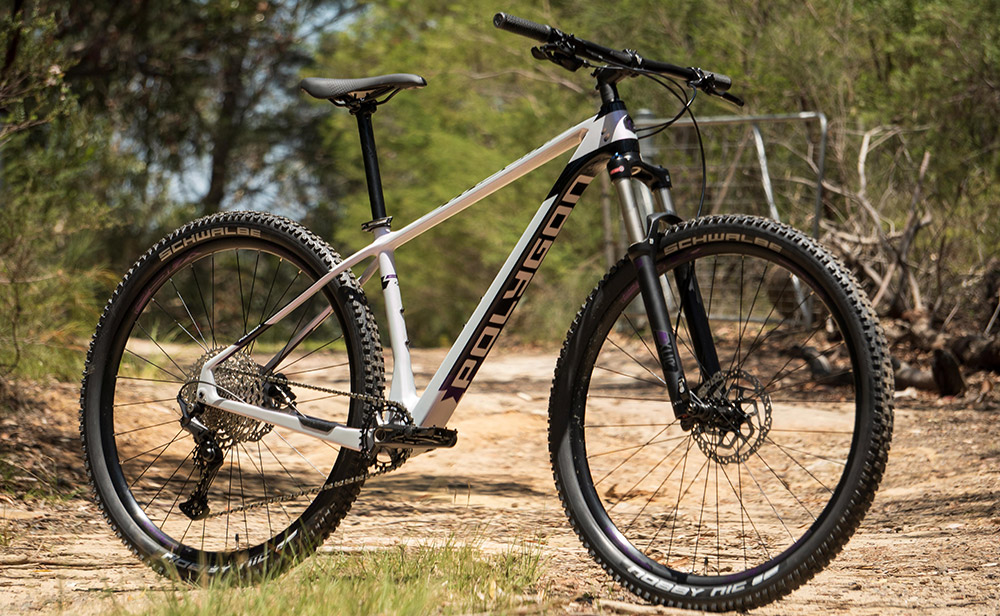
Hardtail
While hardtails are mountain bikes, they are a popular option for commuters thanks to their comfort and robustness. 29-inch hardtails are like the big brothers of urban bikes. Big 2.25 inch tires, 100mm of travel, and relaxed, stable geometry. While they may be more robust and comfortable, they can be slower due to the extra rolling resistance and weight.
.jpg)
Hardtails are perfect for those commuting through the mountains and like to add some extra adrenaline to their commute. Lightweight carbon XC bikes aren't much heavier than alloy gravel bikes, but you may not want to bump up a frame that costs more.
.jpg)
Alloy hardtail frames have all the required mountings for bags and racks. Using racks and bags to get your luggage off your back will lead to less sweating or extra stress on your back. They make getting clothing or books on and off your bike much easier to get in and out.
Want something lighter but with similar benefits? Check out the hybrid bikes.
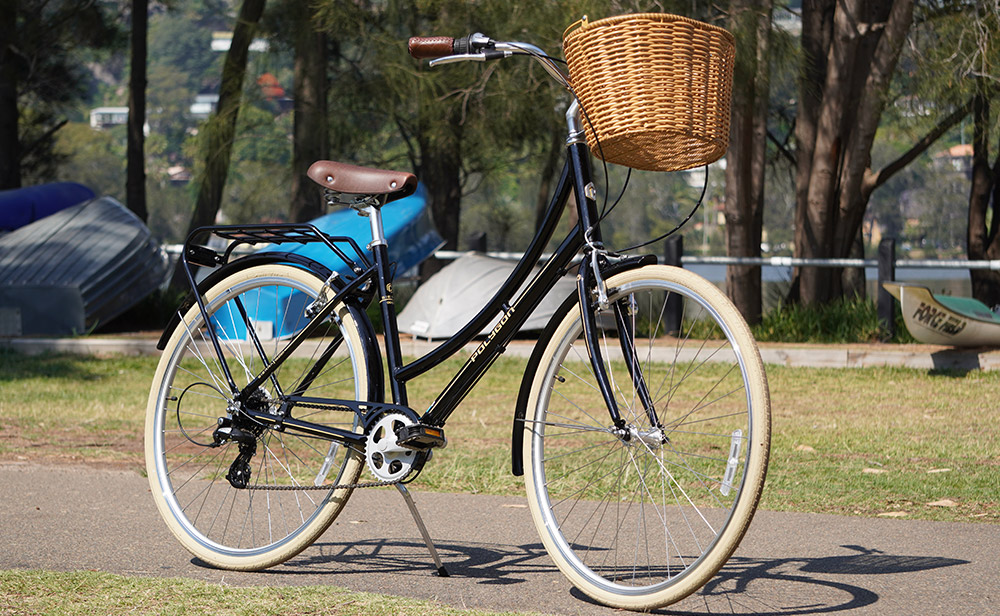
Comfort:
Many riders are happy to sit up and relax as they cruise down the coast or through the parks. Comfort bikes are created on the same foundations that make bikes in Holland so popular. They include an upright riding position, a comfortable seated position, and ergonomic controls. You may not be able to ride at hyper speed on these bikes but, you will enjoy the scenery and experience much more deeply.
Ebike
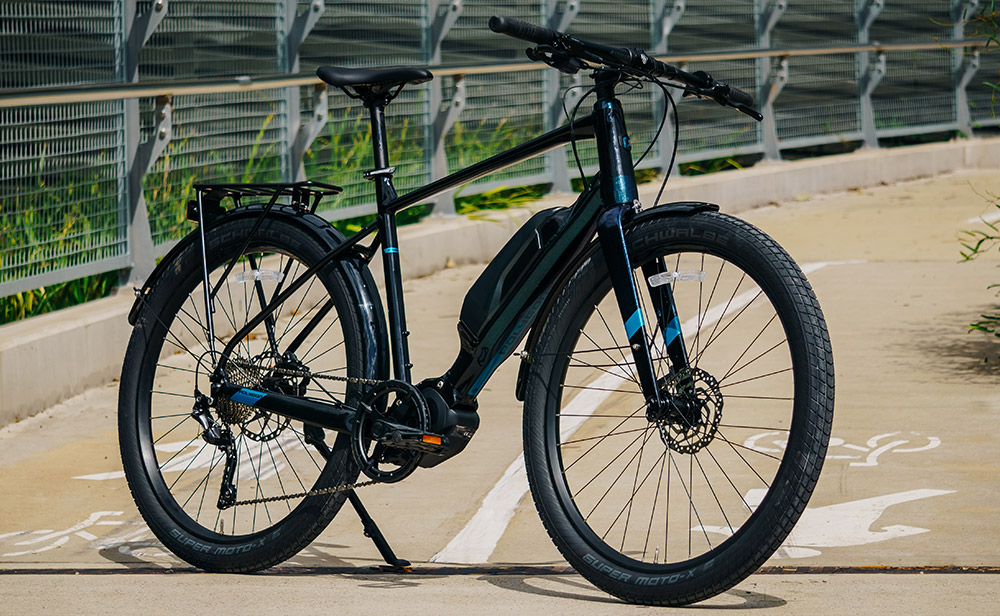
E-Bikes are the biggest growing market in the world of cycling at the moment for a good reason. Riders can go further, fast, and with much less effort, taking everyday riding and boosting the experience tenfold. With the E-Bike scene booming, the bikes are becoming more refined, and bicycles are becoming more specific to each user. In this blog, we take you through the different styles of bikes and how they benefit.
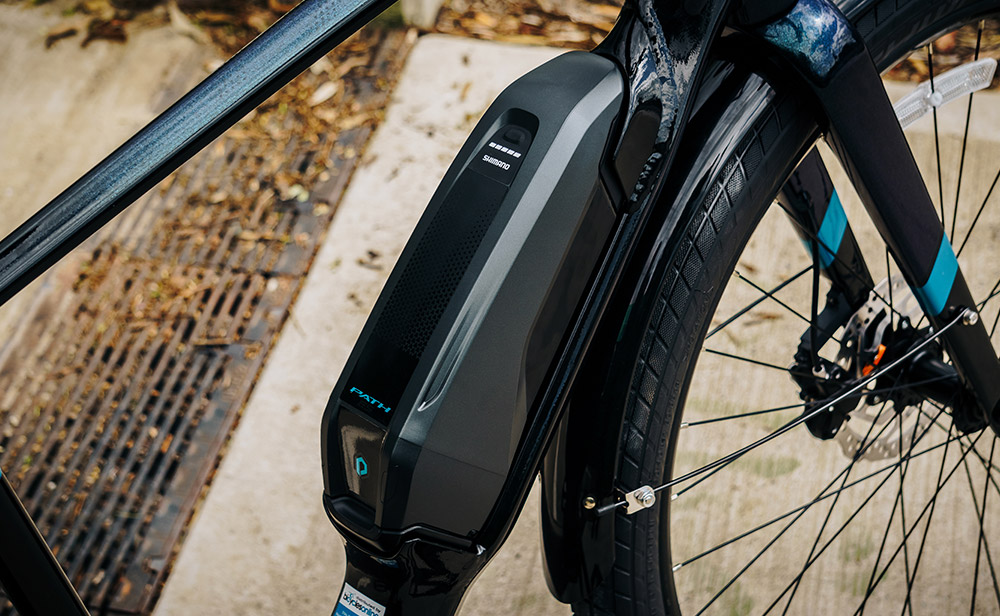
Riding bikes uphill to go back down is a massive chore to some. Grinding up hills slowly can be mundane and unenjoyable on some bigger travel bikes. It is inescapable. E-Bikes transform big-hitting bikes into spritely mountain goats on the ups. Climbing now takes skill and attention as you are hitting corners, roots, and rocks much faster. While it may seem lazy, this new way of climbing requires more physical effort from your entire body and provides a new challenge. For those who want to cruise up and enjoy the downs, that is perfectly fine as well.
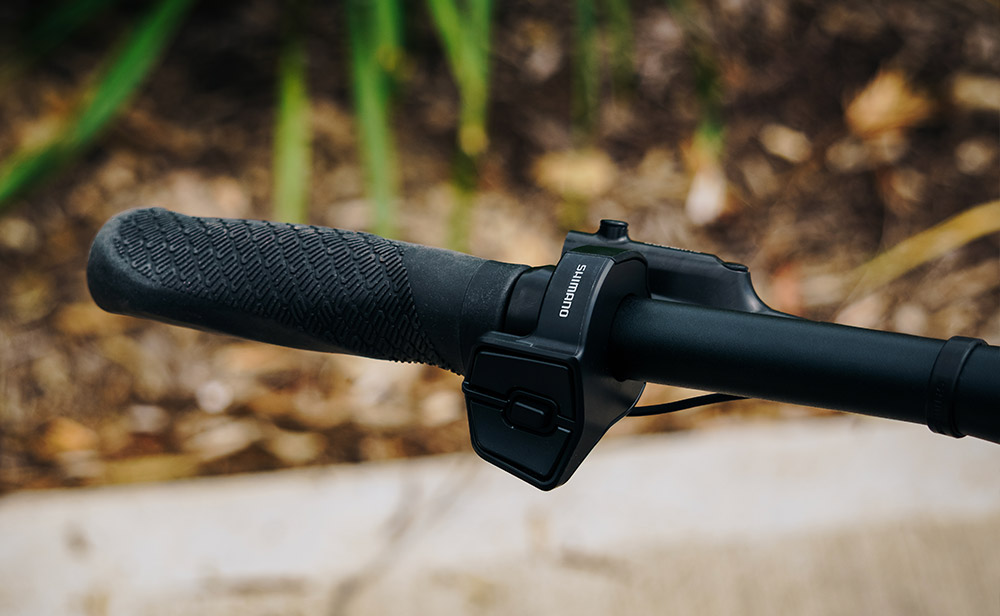
Commuting on a flat bar, hybrid or hardtail is just about as easy as driving the car. Alloy allroad frames have all the required mountings for bags and racks. Using racks and bags to get your luggage off your back will lead to less sweating or extra stress on your back. They make getting clothing or books on and off your bike much easier to get in and out.
The motor makes the weight feel non-existent. In fact, some people replace their 2nd car with an E-Bike because they are so easy to use and can carry more. They are the perfect bike for people who work far from home or have a hilly commute. It also provides a platform for people that may not be as fit as they once were. You can enjoy riding with less effort and still get in exercise.
Wrap up
All of these bikes are up to commuting and can be used on the weekend for fun. It is advised you don't overestimate the distance, terrain, or efficiency you require. If you overestimate or underestimate, you may end up on the wrong bike for your needs. If you still have any questions, reach out to our experienced customer service representatives via email, phone, or live chat for any extra help.
Leave a comment
- Training Tips for a Beginner Cyclist
- Industry Reviews
- Bikepacking 101
- Worth-it Blogs EP#2: Hardtail Hitters
- Bikes Online Does Sea Otter
- EWS #5: Burkville
- Drop bar Buyer's Guide
- The Bicycles Online's Company Fitness Challenge
- Sustainable Strategies
- Mountain Bikes Buyer's Guide
- Worth-it Blogs EP#3: Budget Hardtail Upgrades
- Commuter Bike Guide
- Pinned With Polygon | The gang goes to Crankworx
 USA
USA AUS
AUS







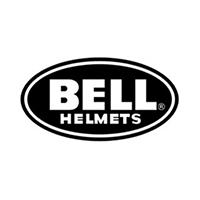









.jpg)
.jpg)
.jpg)
.jpg)
.jpg)



